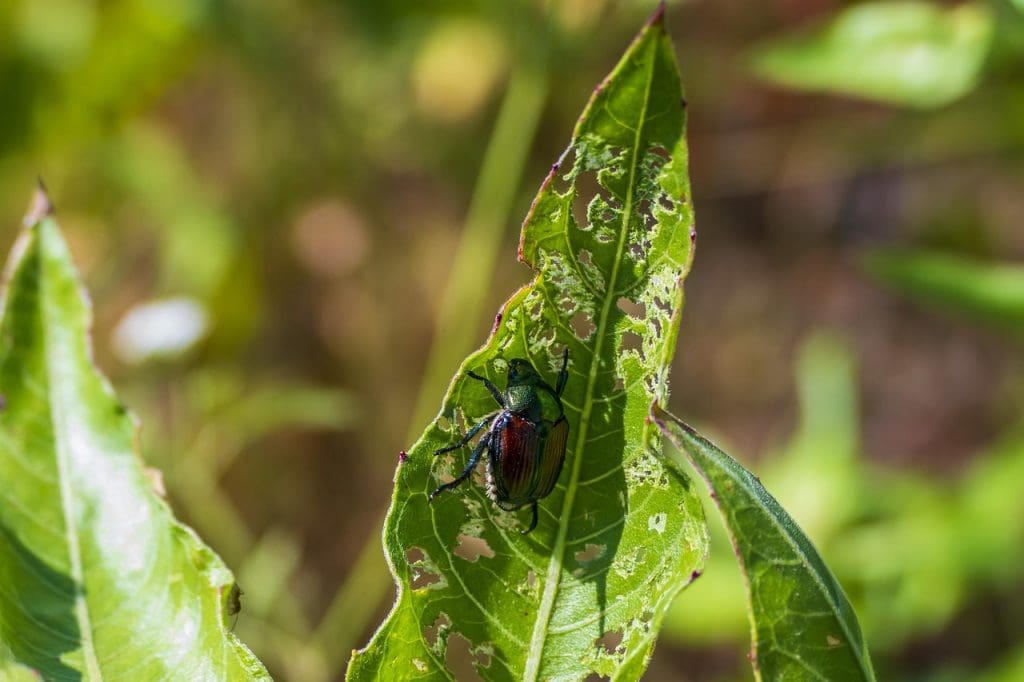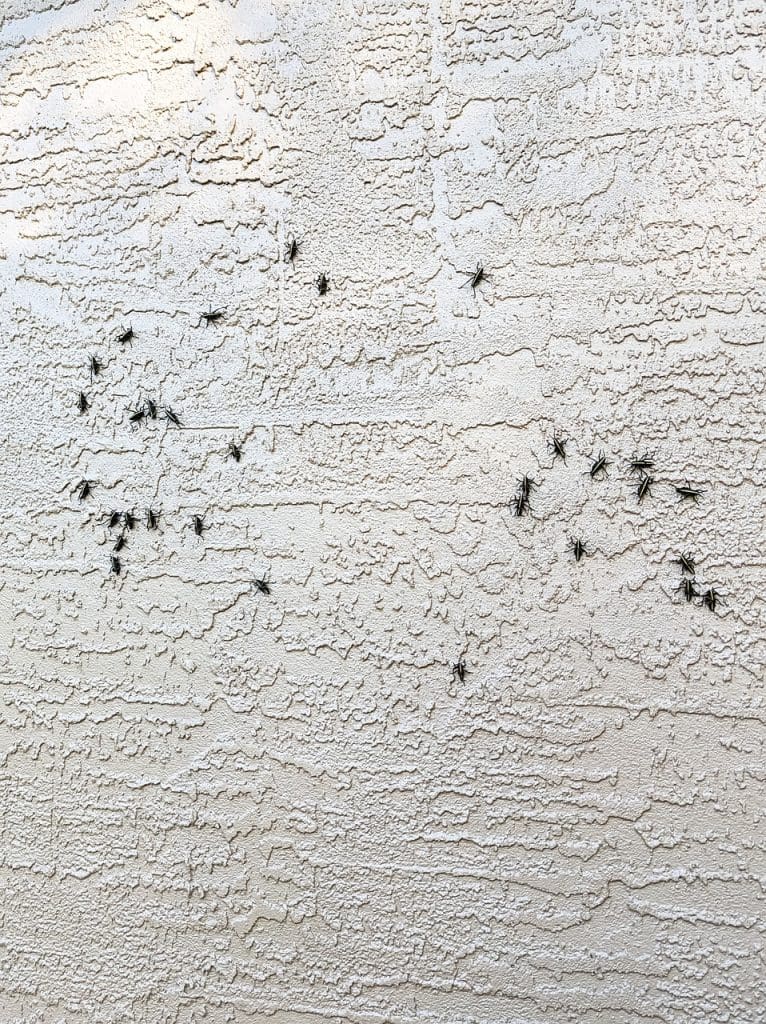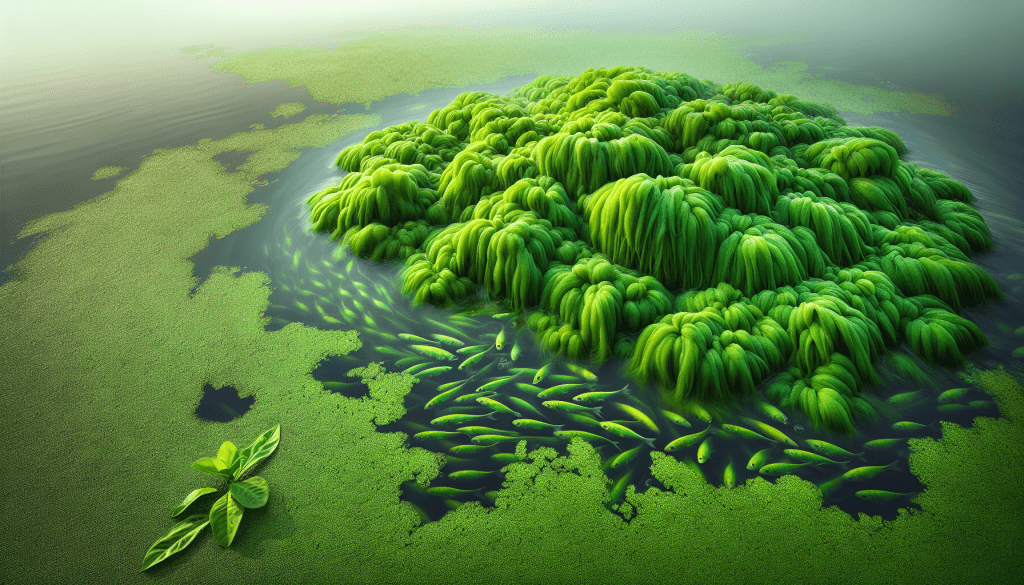Welcome to your ultimate guide on understanding the menace of alligator weed and ways to tackle it effectively. In “Why Alligator Weed Is Harmful To Your Environment And How To Combat It,” you’ll discover why this invasive plant poses a serious threat to your local ecosystems and learn practical strategies for managing its spread. The resilience and aggressive growth of alligator weed can disrupt native habitats, congest waterways, and even impact your recreational activities. Fortunately, this concise guide provides you with the knowledge and tools needed to protect your environment from this persistent invader.
Why Alligator Weed Is Harmful To Your Environment And How To Combat It
Have you ever walked along a waterway or wetland and spotted dense mats of floating green leaves? If so, you might have come across alligator weed. This invasive plant is not just a pretty annoyance – it can cause real harm to your local environment. But don’t worry; armed with some knowledge, you can take steps to combat it.
Alligator weed, scientifically known as Alternanthera philoxeroides, is a hardy and fast-growing plant that can cause serious ecological and economic damage. Native to South America, this plant has spread to many parts of the world, including North America, Australia, and Asia. It thrives in various environments, making it particularly difficult to manage once it takes root.
Understanding Alligator Weed
Before diving into why alligator weed is harmful and how to combat it, let’s first understand what this plant is and how it behaves. Alligator weed is a perennial herbaceous plant that can grow in both aquatic and terrestrial environments. It is distinguished by its opposite, lance-shaped leaves, white flower clusters, and hollow stems, which allow it to float.
Characteristics of Alligator Weed
Alligator weed has several distinctive characteristics that make it identifiable:
| Characteristic | Description |
|---|---|
| Leaves | Opposite, lance-shaped, and glossy |
| Flowers | Small, white, ball-shaped clusters |
| Stems | Hollow, which enables it to float in water |
| Roots | Vigorous and capable of regenerating from fragments |
| Growth Habit | Forms dense mats on the water’s surface and thick patches on land |
| Reproduction | Primarily vegetative, can spread via stem and root fragments |
Alligator weed’s versatility allows it to colonize a wide range of habitats, from aquatic environments like rivers and lakes to terrestrial areas such as roadsides and farmlands.
Native vs. Invasive Range
While alligator weed is innocuous in its native South America, where natural predators and environmental factors keep it in check, it becomes a highly invasive species in non-native regions. Without natural controls, alligator weed can rapidly dominate ecosystems, outcompeting native flora and significantly altering local habitats.

Why Alligator Weed Is Harmful
Now that you know what alligator weed is, let’s discuss why it’s harmful. The adverse impacts of alligator weed can be categorized into environmental, economic, and social factors.
Environmental Impacts
Alligator weed’s ability to form dense, floating mats or thick terrestrial patches can lead to several ecological problems:
- Displacement of Native Species: By outcompeting native plants for light, space, and nutrients, alligator weed reduces biodiversity.
- Alteration of Water Flow: Dense mats can impede waterways, disrupting water flow and affecting aquatic ecosystems.
- Reduction in Water Quality: Decomposing plant matter can deplete oxygen levels in the water, leading to hypoxic conditions detrimental to fish and other aquatic organisms.
- Habitat Degradation: Alterations in the habitat can impact the availability of food and shelter for native wildlife.
Economic Impacts
Alligator weed can also lead to significant economic costs:
- Agricultural Losses: This invasive plant can overtake farmlands, reducing crop yields and increasing control costs.
- Flooding: By blocking drainage systems and water channels, alligator weed can exacerbate flooding, leading to costly damage to infrastructure and property.
- Boating and Fishing: Dense mats can hinder recreational activities such as boating and fishing, impacting tourism and local economies.
Social Impacts
On a social level, alligator weed infestations can affect community well-being:
- Loss of Recreational Areas: Dense infestations can render lakes, rivers, and parks unusable for recreation, diminishing the quality of life for residents.
- Health Risks: Stagnant water resulting from blocked waterways can become breeding grounds for mosquitoes, increasing the risk of vector-borne diseases such as malaria and dengue fever.

How to Combat Alligator Weed
The good news is that there are effective methods to combat alligator weed. By employing a combination of physical, chemical, and biological control measures, you can manage and reduce alligator weed infestations. Integrated Weed Management (IWM) is the most effective approach, combining multiple control strategies for the best results.
Physical Control
Physical control methods involve the manual or mechanical removal of alligator weed. These methods are best suited for smaller infestations and localized areas.
Hand Pulling
Hand pulling is effective for small patches and newly established infestations. To successfully remove alligator weed by hand, follow these steps:
- Identify the Infestation: Locate the alligator weed and ensure you’re not removing native plants.
- Use Protective Gear: Wear gloves and long sleeves to protect your skin from potential irritants.
- Remove the Plants: Carefully pull the plants by the roots, ensuring no fragments are left behind, as they can regenerate.
- Dispose of Properly: Place the removed plants in sealed bags and dispose of them in a designated waste disposal area to prevent regrowth.
Mechanical Removal
Mechanical removal is suitable for larger infestations but requires more resources and equipment. This method includes:
- Mowing: Cutting the plants down to the ground can reduce their spread, although repeated mowing is necessary to be effective.
- Harvesting: Using aquatic weed harvesters can remove large quantities of alligator weed from water bodies. Harvesters cut and collect the plants, which are then transported for disposal.
Chemical Control
Chemical control involves the use of herbicides to target and kill alligator weed. Herbicides should be used with caution and in accordance with local regulations to minimize environmental impact.
Selecting the Right Herbicide
Choose a herbicide specifically labeled for alligator weed control. Commonly used herbicides include glyphosate and imazapyr. Consult a professional or refer to local guidelines to select the appropriate product.
Application Methods
Herbicide application methods vary based on the environment and extent of the infestation:
- Foliar Spray: Directly spray the herbicide onto the leaves and stems of the alligator weed. This method is effective for both aquatic and terrestrial infestations.
- Wick Application: Use a wick applicator to directly apply herbicide to the plants, minimizing drift and non-target impact.
- Cut-Stump Treatment: For larger stems, cut the plant close to the ground and apply herbicide to the stump to prevent regrowth.
Biological Control
Biological control involves using natural enemies of alligator weed to suppress its growth. This method is environmentally friendly and sustainable but may take longer to show results.
Insects
Certain insects are known to feed on alligator weed, reducing its vigor:
- Alligator Weed Flea Beetle (Agasicles hygrophila): This beetle feeds on the leaves and stems, causing defoliation and weakening the plant.
- Alligator Weed Stem Borer (Arcola malloi): The larvae of this moth bore into the stems, disrupting nutrient flow and causing dieback.
Pathogens
Research is ongoing to identify pathogens that can effectively target alligator weed without harming native species. Introducing pathogens as biological control agents requires careful evaluation to avoid unintended consequences.

Integrated Weed Management (IWM)
Integrated Weed Management (IWM) combines multiple control methods to achieve the most effective and sustainable results. By using a holistic approach, you can enhance the efficacy of each individual method and minimize negative impacts.
Steps for Implementing IWM
Implementing an IWM strategy involves several key steps:
- Assessment: Conduct a thorough assessment of the infestation, including its size, location, and density.
- Planning: Develop a comprehensive plan that integrates physical, chemical, and biological control methods tailored to the specific infestation.
- Execution: Implement the control methods in a coordinated manner, ensuring proper timing and application.
- Monitoring: Regularly monitor the infestation to assess the effectiveness of the control measures and make adjustments as needed.
- Prevention: Implement preventive measures to reduce the likelihood of future infestations, such as cleaning equipment, educating the community, and restoring native vegetation.

Prevention and Long-Term Management
Preventing the spread of alligator weed and managing infestations in the long term requires ongoing vigilance and community involvement.
Preventive Measures
To prevent the introduction and spread of alligator weed, consider the following measures:
- Clean Equipment: Ensure that boats, trailers, and other equipment are cleaned before moving between water bodies.
- Educate the Community: Raise awareness about the risks of alligator weed and the importance of reporting new infestations.
- Promote Native Plants: Encourage the planting of native species in gardens and landscapes to reduce the likelihood of alligator weed establishing.
Long-Term Management
Long-term management of alligator weed involves maintaining control efforts and monitoring for new infestations:
- Ongoing Monitoring: Regularly inspect water bodies and terrestrial areas for signs of alligator weed and take prompt action if detected.
- Adaptive Management: Be prepared to adjust control strategies based on the effectiveness of current methods and emerging research.
- Collaborative Efforts: Work with local authorities, environmental organizations, and the community to coordinate efforts and share knowledge and resources.

Conclusion
Alligator weed poses significant challenges to your environment, economy, and community. However, with a comprehensive understanding of its characteristics and impacts, you can effectively combat this invasive species. By employing a combination of physical, chemical, and biological control methods, and adopting an Integrated Weed Management approach, you can protect your local ecosystems and promote a healthier environment.
Remember, the key to success is vigilance, collaboration, and a commitment to long-term management. Together, we can make a difference and safeguard our natural landscapes for future generations.
